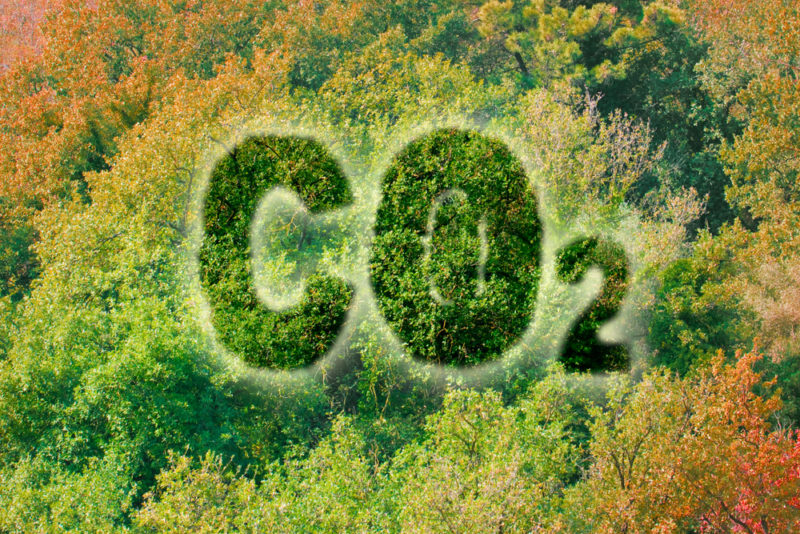There is a California carbon tax collected under what the California Air Resources Board (CARB) calls a “cap-and-trade” allowance program that is netting the state billions of dollars, which are, in turn, spent on a diverse variety of “California Climate Investments (CCI).”
In mid-August CARB announced that it had spent nearly a billion dollars on CCI projects, saying the pace “has picked up significantly.”
“State agencies implemented $914 million in projects during the first six months of 2019, compared to $1.4 billion for all of 2018 and $720 million for all of 2017,” CARB said in a release announcing the expanded spending.
The money is collected from oil-industry giants, factory operations and utilities, among other firms, through a series of quarterly “auctions,” in which CARB offers “allowances” for businesses to continue to violate the state’s strict carbon emissions standards. The Air Board sets the prices for these allowances, which at the August Auction was $15.62. Competition for the 66,289,515 “current” allowances sold, raised the price to $17.16, $1.54 above the price set by CARB. All told, the auction raised $729 million which, if it’s averaged, would yield about $3 billion annually. The companies, in turn, pass along the cost of the “allowances” to customers, whether in the cost of a gallon of gas or a can of tomatoes produced in-state.
This money is one of the most hotly debated topics in each session of the General Assembly as the legislature distributes the money through the state budget process. Then more than 20 state agencies are involved in program development, project selection, and implementation of 60 CCI programs that focus on reducing “climate pollution,” a catch-all phrase for carbon for the most part.
CARB funded these programs with some 95,000 grants this year, ranging from $635 million for high-speed rail to $1,500 for subsidies for some 40,000 electric cars. More exotic investments in “reducing climate pollution” include building affordable housing (near transit), helping to control wildfires and a lot more. You can see the entire list of these investments at www.caclimateinvestments.ca.gov/annual-report/.
Overall, CARB says, more than 60 percent of the money now goes toward projects that benefit “disadvantaged and low-income communities.”
There are complaints about the allowance auctions. The complaints don’t come from the companies forced to purchase these “allowances,” because they pass the costs to us, but rather from academia and the environmental community who call them “a license to pollute.” These same groups are critical of CARB’s “carbon offset credits,” but that’s a story for another day.



